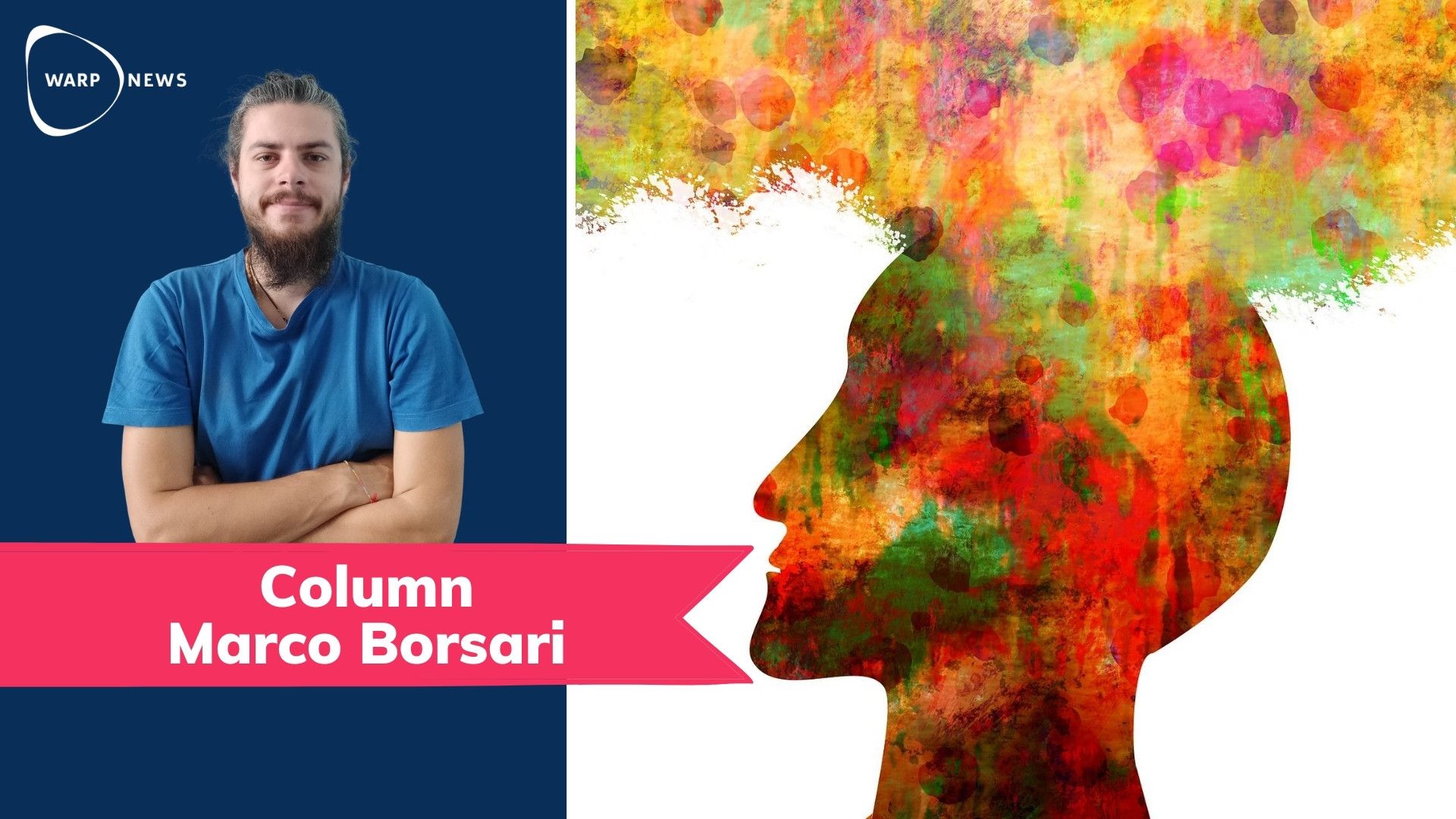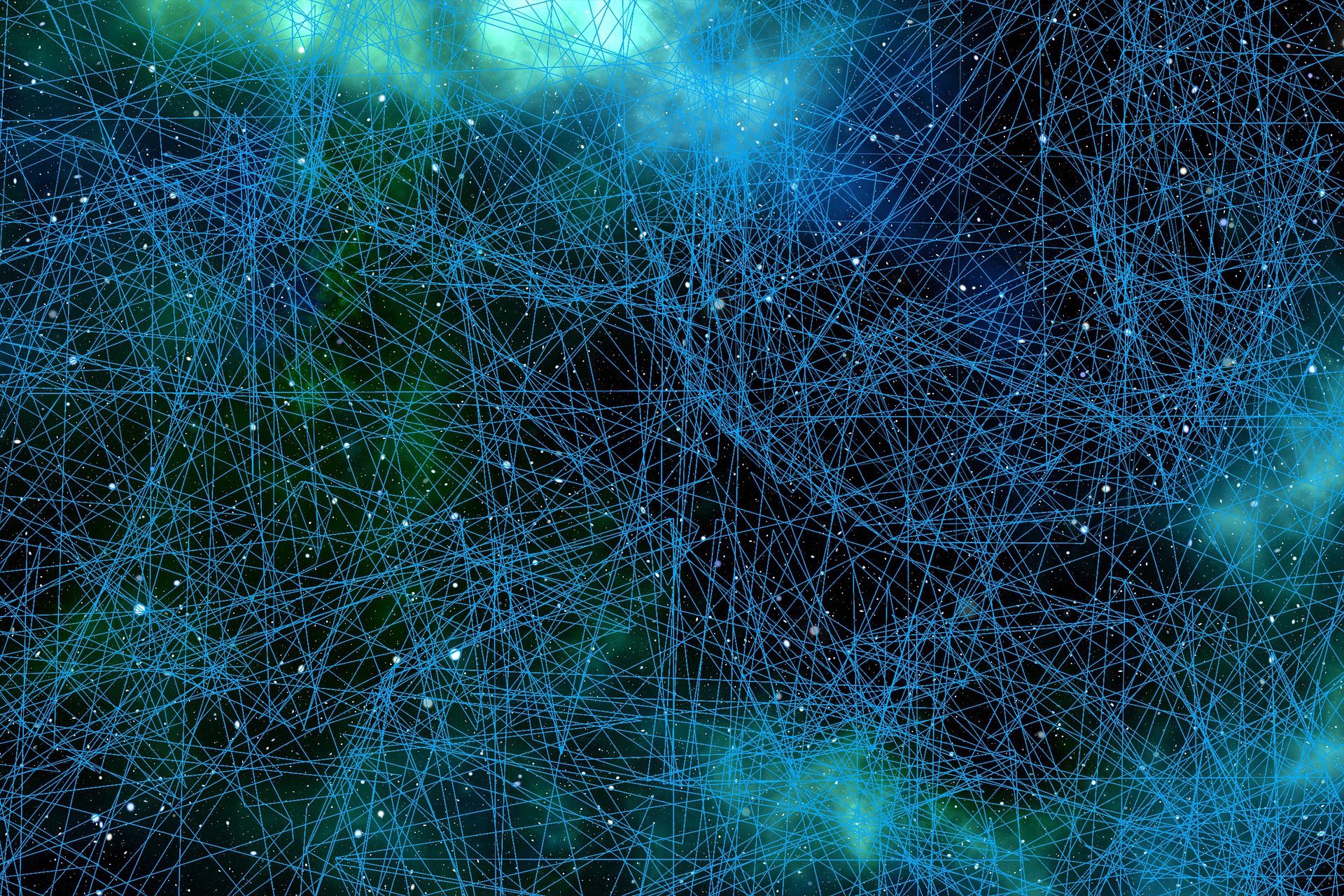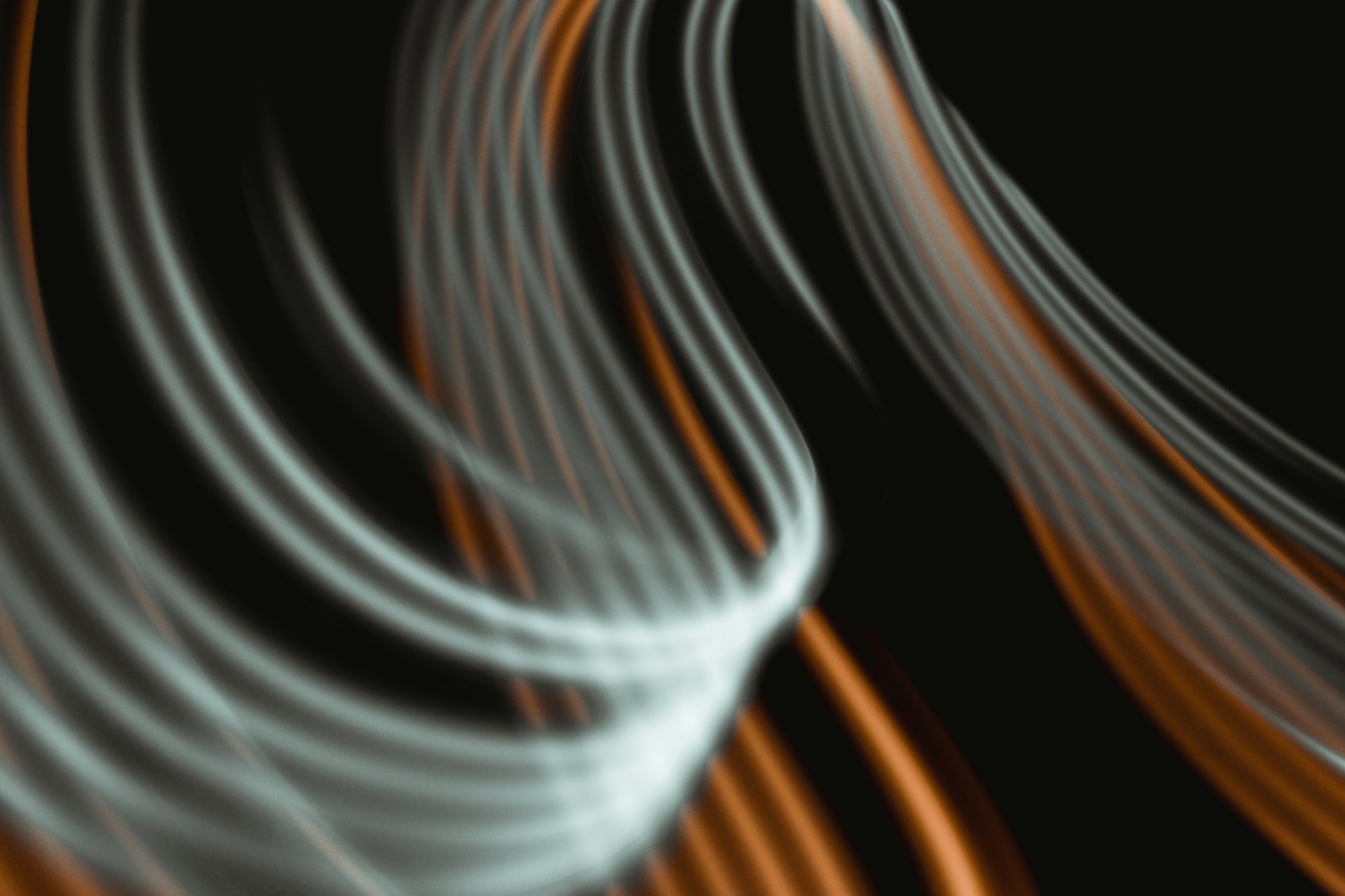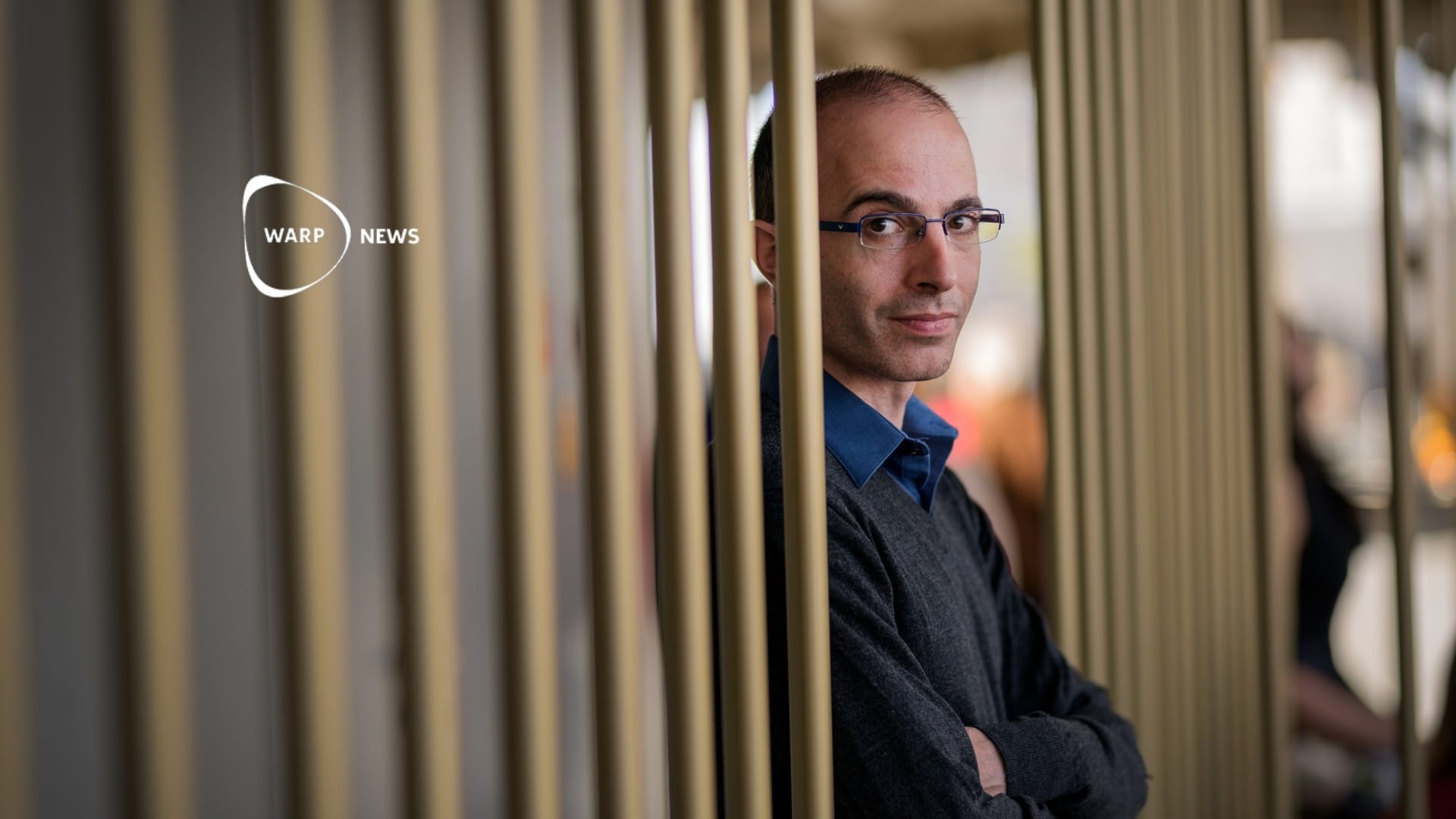
🧠 Science on the way to unfold the mysteries of the mind
Through new technologies allowing researchers to "observe" inside the brain, science is discovering new patterns and formulating effective theories on how the mind works: between epochal discoveries, open questions and new treatments to heal the mind.
Share this story!
The functioning of the brain is certainly one of the great enigmas of our universe. While the study of very far celestial bodies is deepening, our main organ's behaviour is still almost totally veiled by mystery.
How is thought possible? Where is our conscience based? How to best use our mind?
Even though these questions remain open, recent studies show recurring trends shared by various field observations.
The brain's study progress is now possible mainly due to significant advances in a relatively new technology sector called Neuroimaging, a discipline that aims to "highlight" which group of neurons is working by analyzing electrical signals, magnetic fields and other externally measurable parameters in a healthy brain.

In addition to these technological innovations, studies in the depths of the mind are increasing, ironically, also because of a greater open-mindedness of the scientific world. Taboo topics up to a few decades ago such as consciousness, but also subjects not considered "scientific" such as meditation and psychedelics, are giving major contributions to this complex research field.
Not bad as premises. Let's dive into the mystery of our mind.
An interconnected whole
Trying to understand how the mind works is a very complex issue. The human brain is made up of about 100 billion neurons, a number comparable to that of galaxies in the universe.
A recent model trying to take this complexity into account is the Connectome.
This model indicates that only the entire connection scheme of the brain can illustrate its real functioning, which cannot be deduced from the study of single groups of neuronal cells separated from the whole. So, the brain as a whole has to be considered much more than the sum of its individual components.
A famous promoter of this theory, Sebastian Seung, argues in an article:
A connectome could be compared to a book in which memories are written. To read a book, we need to see the letters on the page and also decode their meaning. Dense reconstruction will allow us to "see" the connectomes.
The Human Connectome Project aims to map the entire set of connections and study how age, growth, disease and other factors can affect links in the human brain.

The project so far led to mapping the brain behaviour of 1,100 subjects with open source results.
From the very first steps of the project, one aspect that emerged is the plasticity of these connections: the links between neurons are not immutable once established as previously thought, but connectivity is also subject to change.
The neuroplasticity mechanism is very useful for us to learn completely new tasks.
The main network
One of the first outputs emerging from the functional study of connections inside the brain is the identification of the Default Mode Network (DMN), which could be defined as the "control centre" of the mind.
The DMN is not performed by a single connected brain region, but rather by a network of interconnected subsystems located in various areas of the brain.
The DMN intervenes and governs the brain's behaviour when the subject is not focused on the external environment but engaged in internally focused tasks, such as reflection on oneself and others, planning for the future and remembering the past.
Default Mode Network is therefore essential for carrying out daily tasks and making decisions. However, recent studies show that its dysfunction and hyperactivity could produce severe mental problems: from excessive rumination up to post-traumatic stress disorder, depression and schizophrenia.
Excessive space for the DMN seems to produce an exaggerated concentration on a toxic stream of thoughts as well as a detachment from the external social environment, which as we will see below is the opposite of a well-functioning mind.

According to the latest research, it would be really important to reduce the excessive inward control of the Default Mode Network by managing the thought flow and calming our mind.
To achieve this, there are established treatment methods such as psychotherapy or anti-depressants, but newer and less-known research fields such as meditation and psychedelics are also arousing great interest.

A system made to relate
One of the main principles of modern theories of quantum physics is the deep relational feature of the world. Reality as we know it exists only as a set of relationships.
One interesting theory that tries to take into account the external influence on brain behaviour is the Dissipative Brain. This theory was perfected by the studies of quantum physicist Giuseppe Vitiello who modelled the dissipative brain as a thermodynamically open system in continuous exchange with the external environment.
This theory indicates that the brain continually develops a mental image of the environment surrounding it, iteratively trying to adapt itself as best as possible to this reflected image made up of the outside world.
Professor Vitiello explains in an article:
In its intrinsically dissipative dynamics, the brain is permanently entangled with the environment. In the dialogue, sometimes in the conflict between the self and the Double, the dynamics of knowing, understanding, feeling and living develop. The reciprocal influences of each other require a continuous updating of their relationship.
According to this vision, our mind's behaviour is deeply connected to the achievement of a perfect, as well as infinite, dialogue with the environment. This relationship is always dynamic as each new information acquired involves not only the addition of new data but rather the complete reorganization of the entire model.
The social dimension and open-mindedness are the preponderant elements to characterize the functioning of the brain.

Entangled brains
Another field of study that investigates the relationship between the brain and the surrounding world is Brain-brain Entrainment. Recent studies are showing that social interactions arise and are strengthened through the synchronization of brain waves.
For example, a class of students exhibit synchronization of brain oscillations between speaker and listeners. Also, synchronization increase with eye contact and the more cooperation improves, the more similar the waves become.
A study on people speaking and listening concludes that:
The current results suggest that the seemingly well-established neural markers of speech production and perception need to be revised, since brain-to-brain coupling also modulates neural activity (and behavior) over and above brain-to-speech coupling, resulting in patterns that do not emerge in isolation.
The conclusion is that an isolated brain behaves quite differently from a brain engaged in a social relationship.
Brainwave coupling phenomena occurring during social interactions are still not fully understood. Research is underway to explain this physical synchronization, which is not due to any known phenomenon but could be linked to the exchange of very small amounts of energy.

Research in progress
As you have read, none of the fundamental questions about consciousness and ourselves has been definitively answered.
However, some basic trends such as the dynamic nature of the brain connections or the structure strongly devoted to opening up to the world seem increasingly established.
Since the research has not yet achieved definitive results, each change of point of view could bring interesting results. For example, what if it were the whole body, and not just the brain, responsible for the activity of thought and consciousness?

Marco Borsari
Innovation consultant and traveler from Italy.
By becoming a premium supporter, you help in the creation and sharing of fact-based optimistic news all over the world.



